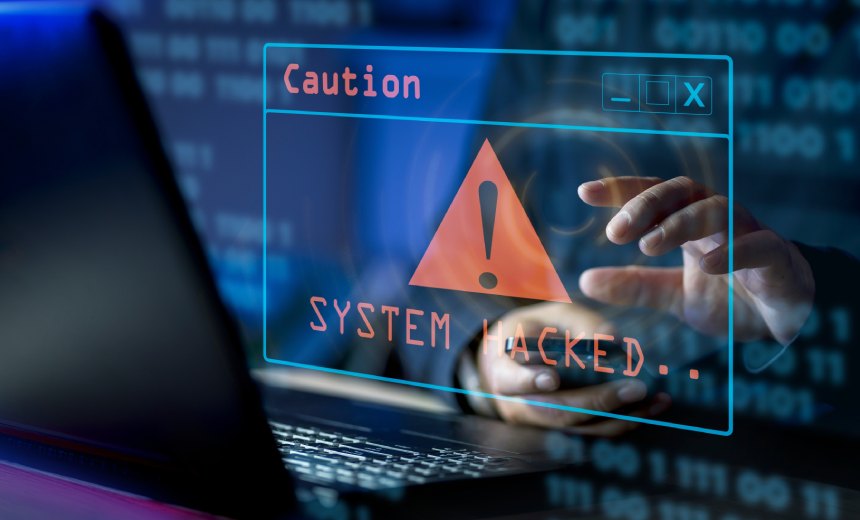WordPress Malware Removal Service in Canada
WordPress Malware Hack Removal and Full Site Scan
Secure your WordPress site with Canada’s leading malware removal service at MotoCoders. Our dedicated team provides swift and thorough removal of malicious software, ensuring your website’s integrity and safeguarding your digital assets. With MotoCoders, experience peace of mind with WordPress malware removal services tailored for your website.
Common Hacking Techniques
- Vulnerable Software and Plugins
- Outdated Software: Hackers often exploit known vulnerabilities in outdated versions of CMS platforms (like WordPress, Joomla, Drupal) or plugins and themes.
- Insecure Plugins/Themes: Installing plugins or themes from untrusted sources can introduce malware. Some free or pirated versions of premium plugins/themes might contain malicious code.
- Weak Passwords
- Brute Force Attacks: Hackers use automated tools to guess passwords. Weak passwords make it easier for them to gain unauthorized access.
- Credential Stuffing: If your password has been compromised on another site, hackers might use those credentials to access your site.
- File Upload Vulnerabilities
- Unrestricted File Uploads: Allowing users to upload files without proper security checks can lead to malicious files being uploaded to your server.
- Malicious Scripts: Even if file uploads are restricted to certain types, hackers might upload a seemingly harmless file that contains malicious code.
- SQL Injection
- Unvalidated Input: If a website doesn’t properly sanitize user inputs, hackers can inject malicious SQL queries through form fields or URL parameters, giving them access to the database.

- Cross-Site Scripting (XSS)
- Injection of Malicious Scripts: Hackers inject malicious scripts into web pages viewed by other users. When users interact with these pages, the script executes, potentially stealing sensitive information or spreading malware.
- Phishing and Social Engineering
- Deceptive Emails: Hackers send emails that trick users into revealing login credentials or downloading malware.
- Fake Login Pages: Users might be directed to a fake login page that captures their credentials.
- Server Misconfigurations
- Default Settings: Leaving default settings unchanged can provide easy entry points for hackers.
- Unsecured Directories: Allowing directory listing or having open file permissions can expose sensitive files and directories.
- Third-Party Services and Integrations
- Compromised Third-Party Services: Integrations with compromised third-party services can introduce malware.
- API Vulnerabilities: Insecure APIs can be exploited to gain unauthorized access.
- Remote File Inclusion (RFI)
- Insecure Code Inclusion: Hackers can exploit vulnerable code to include remote files that contain malicious scripts.

Preventive Measures
To protect your website from malware hacks, consider the following best practices:
- Keep Software Updated: Regularly update your CMS, plugins, and themes to the latest versions.
- Strong Passwords and 2FA: Use strong, unique passwords and enable two-factor authentication (2FA) for added security.
- Secure File Uploads: Implement strict file upload validations and restrictions.
- Sanitize User Inputs: Always validate and sanitize user inputs to prevent SQL injection and XSS attacks.
- Educate Users: Train your team to recognize phishing attempts and practice safe browsing habits.
- Harden Server Security: Configure your server securely, disable unnecessary services, and restrict file permissions.
- Use Security Plugins: Install security plugins that offer malware scanning, firewall protection, and other security features.
- Regular Backups: Regularly back up your website and database to restore your site quickly in case of an attack.
- Monitor and Audit: Continuously monitor your website for unusual activity and perform regular security audits.
By understanding these methods and implementing robust security measures, you can significantly reduce the risk of malware infiltrating your website.

MotoCoders is here to remove Malware, the Hack and get you up and running again.
When a website is infected with malware, MotoCoders follows a systematic approach to clean up, test, and remove the malware, ensuring the site is fully secure. Here’s a step-by-step outline of how MotoCoders handles this process:
- Initial Assessment
- Identify Symptoms: We start by identifying the symptoms of the malware infection, such as unusual site behavior, redirects, or alerts from security plugins.
- Backup: Before making any changes, we create a full backup of the website to prevent data loss during the cleanup process.
- Quarantine and Isolate
- Disable Site Temporarily: To prevent further damage or data theft, we might temporarily disable the site or put it in maintenance mode.
- Isolate Infected Files: We isolate the infected files and directories to prevent the malware from spreading.
- Malware Detection and Removal
- Scan for Malware: We use advanced malware scanning tools like Sucuri, Wordfence, or MalCare to detect all instances of malware on the site.
- Manual Inspection: Our experts manually inspect the code, especially in core files, themes, and plugins, to identify and remove any hidden malware that automated tools might miss.
- Remove Malicious Code: We remove or clean the infected files, ensuring no malicious code remains. If necessary, we replace infected core files with clean versions from the CMS.
- Security Patching and Updates
- Update CMS and Plugins: We update the CMS, themes, and all plugins to their latest versions to patch known vulnerabilities.
- Apply Security Patches: We apply any necessary security patches to the server and software configurations.
- Testing and Verification
- Functional Testing: We perform thorough testing of the website to ensure all functionalities work correctly after the cleanup.
- Re-scan for Malware: We conduct another comprehensive scan using multiple tools to ensure the site is free from malware.
- Security Hardening
- Strengthen Passwords: We recommend and help implement strong passwords and enable two-factor authentication (2FA) for all user accounts.
- Implement Security Plugins: We install and configure security plugins that offer firewall protection, real-time monitoring, and regular scans.
- Harden Server Security: We apply server hardening measures such as securing file permissions, disabling unnecessary services, and configuring firewalls.
- Ongoing Monitoring and Maintenance
- Regular Scans: We schedule regular malware scans and security audits to proactively detect and address any future threats.
- Monitoring Services: We set up continuous monitoring services to alert us of any suspicious activity immediately.
- Maintenance Plans: We offer ongoing maintenance plans that include regular updates, backups, and security checks to keep the site secure and running smoothly.
Tools and Technologies Used
Sucuri
Provides comprehensive malware scanning, cleanup, and firewall protection.
Wordfence
A popular WordPress security plugin that offers malware scanning, firewall protection, and real-time monitoring.
MalCare
Specializes in deep scanning for malware and offers one-click malware removal.
Google Search Console
Used to check for security issues and verify the site with Google after cleanup.
Backup Tools
Plugins like UpdraftPlus or BackupBuddy to ensure reliable backups before and after the cleanup process.
By following this detailed process, MotoCoders ensures that your website is not only cleaned of existing malware but also fortified against future attacks. Our comprehensive approach provides peace of mind and a secure online presence for your business.